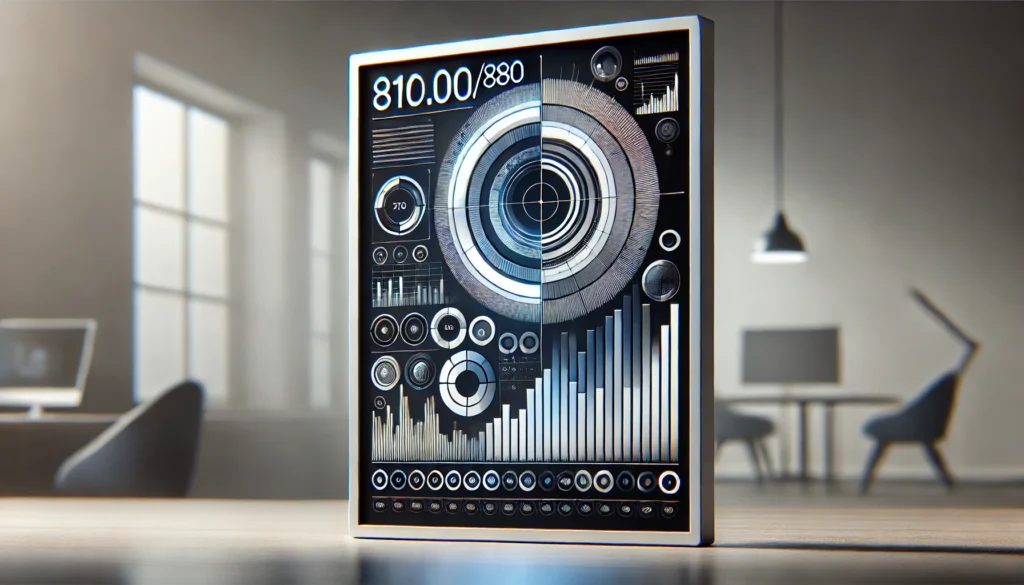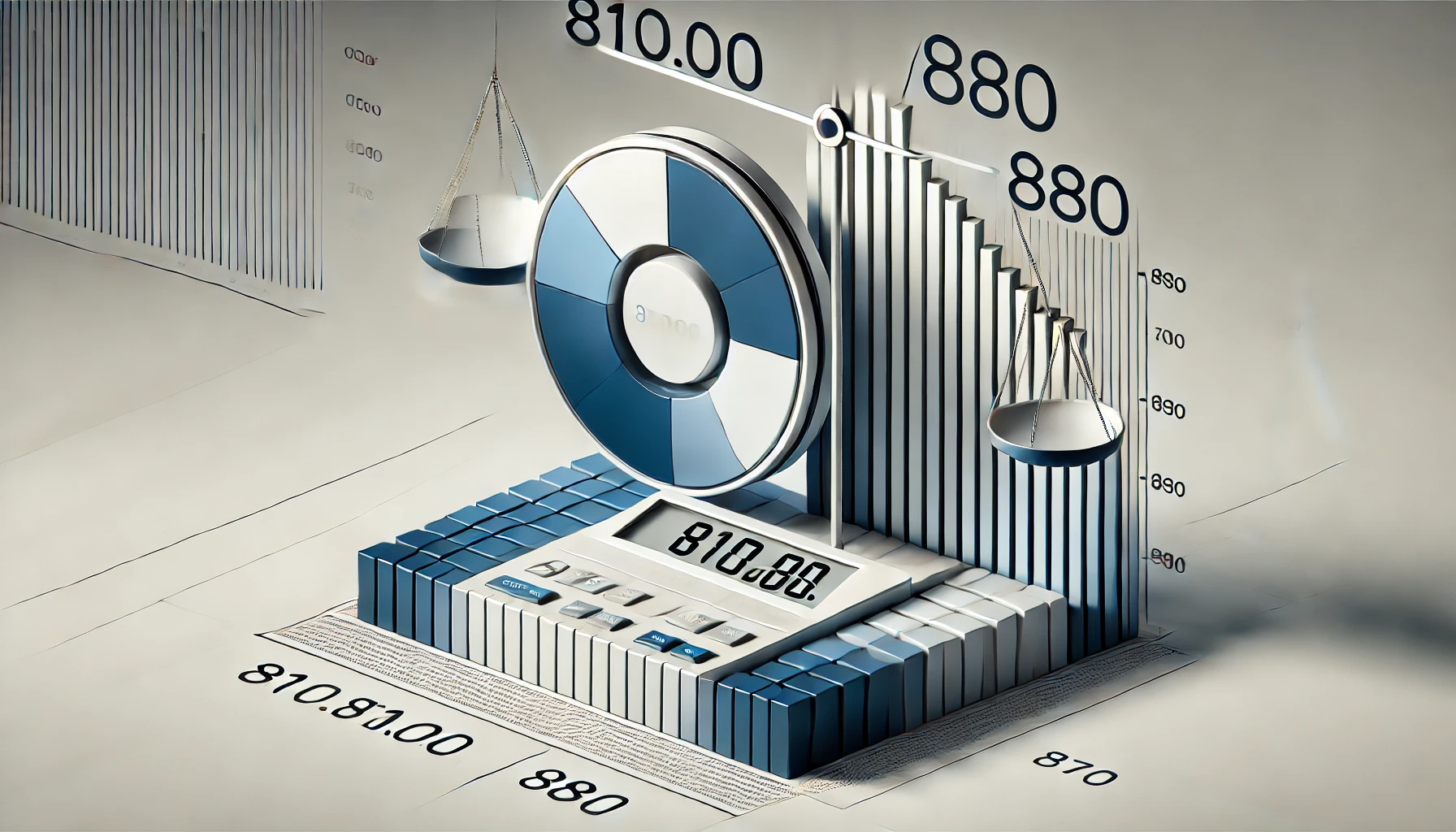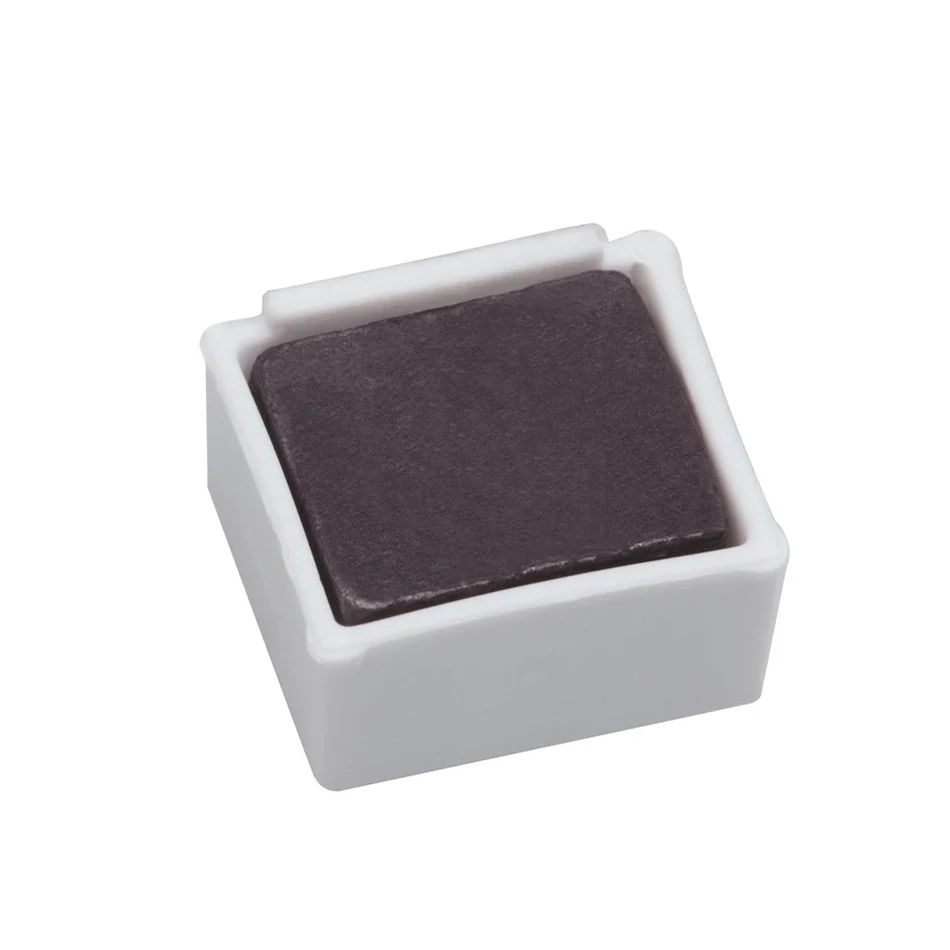Hey there! I’m Xenome, and today, we’re diving into the world of numbers and what “810.00/880” means. If you’ve stumbled across this number combination in a search or been scratching your head trying to figure it out, you’re not alone. It’s a common question, and I’m here to explain it in the simplest way possible.
What Does 810.00/880 Mean?
First, let’s break it down. At first glance, “810.00/880” can look confusing, but don’t worry—I’ve got you covered. This number typically refers to a ratio or range used in various contexts, such as financial transactions, pricing, or measurements. While the meaning behind these numbers can vary depending on the industry or situation, it often points to something specific like a cost estimate or a product specification. It’s like shorthand for something bigger.
For example:
- In a financial setting, 810.00 might be the price of a service, and 880 could represent the upper limit of a price range.
- In manufacturing, 810.00 could be a size or weight, with 880 representing the maximum possible specification for that product.
Whatever the context, seeing numbers formatted like this usually signals a comparison between a base figure and a higher value. Pretty straightforward once you get the hang of it, right?

Common Questions About 810.00/880
When people see numbers like 810.00/880, they often have similar questions pop up. Here are a few that I’ve come across:
- “Does 810.00/880 always represent money?” Nope! While it can indicate pricing, especially when discussing budgets or quotes, it could also be about measurements, capacities, or even performance benchmarks.
- “Is the number 880 a limit or a target?” Great question! In many cases, 880 represents a cap or limit—think of it as the ceiling in a given context. If you’re working with budgets, for example, you might have a base price of 810.00, but 880 could be the highest cost you’re willing to accept.
- “Why use both 810.00 and 880 together?” Using two numbers together in this way creates clarity. It sets expectations by showing both the starting point and the upper limit. In scenarios like shopping, negotiations, or technical specifications, knowing both numbers helps with planning and decision-making.
Why Understanding 810.00/880 Matters
Now, you might be thinking, “Okay, PERSONNAME, but why should I care about 810.00/880?” I get it, it’s not something you think about every day, but here’s where it gets practical:
- Budgeting: If you’re managing a project or making a purchase, knowing both ends of the price range helps you avoid surprises.
- Planning: Understanding limits ensures that you can plan for contingencies. Whether it’s money, measurements, or capacity, knowing the range can make you feel more confident about your choices.
- Negotiation: Having a solid grasp of numbers like 810.00/880 puts you in a stronger position when negotiating deals or agreements.
Making Sense of 810.00/880 in Real Life
Let me share a quick story to show how this might work in practice. A friend of mine recently needed to buy new equipment for his small business. He got a quote for some machinery, with a starting price of $810.00 and a top price of $880. He wasn’t sure what to expect at first, but this range gave him a clear picture of what he’d be spending. By knowing the upper limit, he could plan his budget accordingly and even negotiate the final price to stay within his means.
It’s this kind of real-world use that makes numbers like 810.00/880 less intimidating. You’ll see them pop up in more places than you think—especially when dealing with purchases, contracts, or even comparing specs for new products.

How to Use 810.00/880 to Your Advantage
Whenever you come across a ratio or range like this, here’s what you can do:
- Understand the Context: What is the 810.00 referring to? Is it a price, measurement, or something else? Figuring this out first is key.
- Check the Range: What does 880 represent? Is it a maximum limit, or is it a goal you should aim for? Knowing this helps you make informed decisions.
- Use it to Negotiate: If the range applies to something flexible like pricing, don’t be afraid to use the numbers to your advantage. Sometimes, knowing the limits gives you room to negotiate a better deal.
Final Thoughts: Embrace the Numbers
The next time you see something like “810.00/880,” don’t let it overwhelm you. Instead, see it as an opportunity to learn more about what you’re dealing with, whether it’s a budget, a measurement, or a deal. By understanding both the starting point and the upper limit, you can approach your decisions with confidence and clarity.
Before I wrap up, I’d love to hear from you! Have you come across numbers like 810.00/880 before? How did you handle it? Share your thoughts in the comments below, and let’s keep the conversation going. If you found this guide helpful, feel free to share it with a friend who might be dealing with similar number-related mysteries!
Remember, it’s all about taking the guesswork out of numbers and feeling more empowered in the process.







